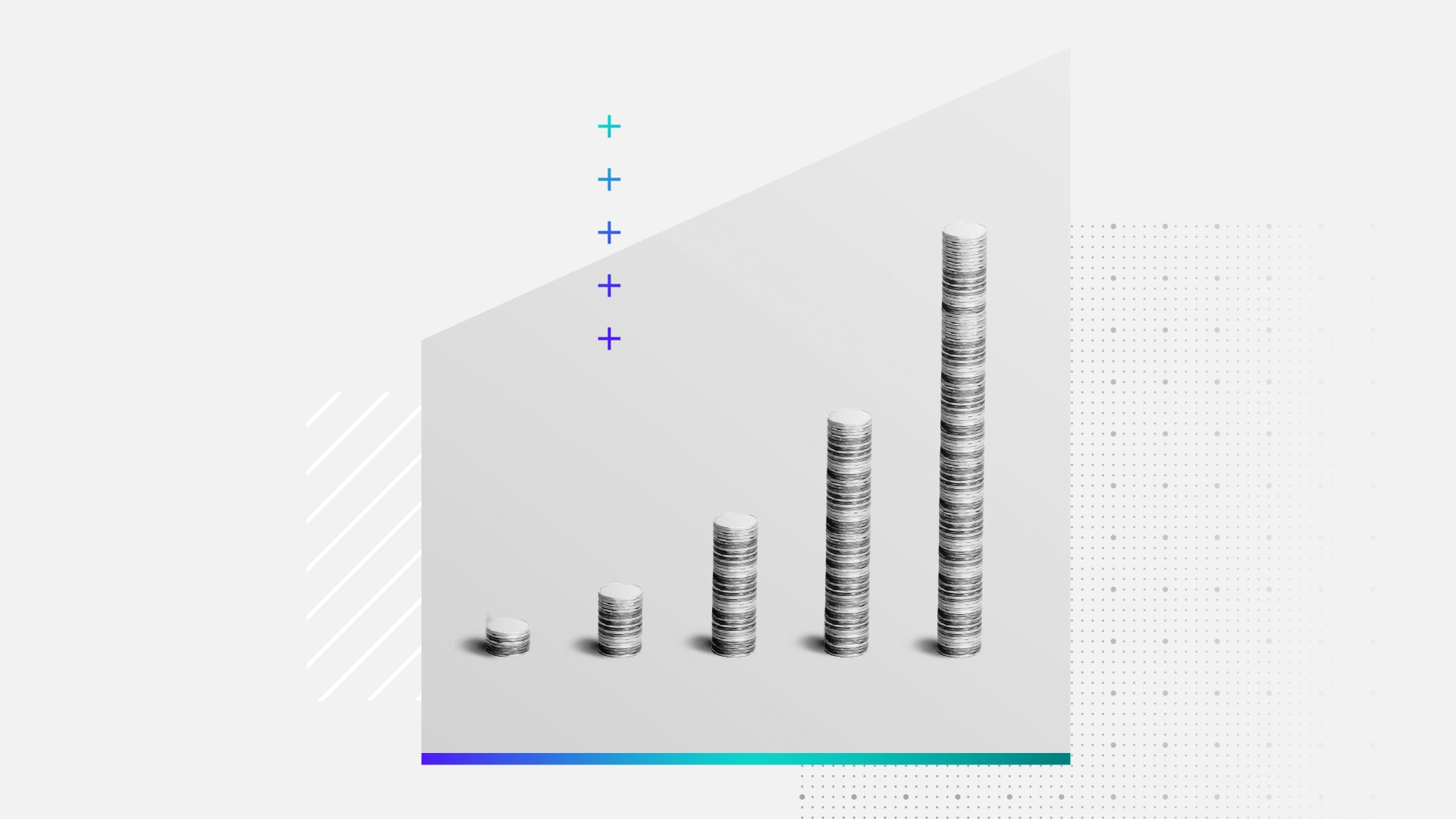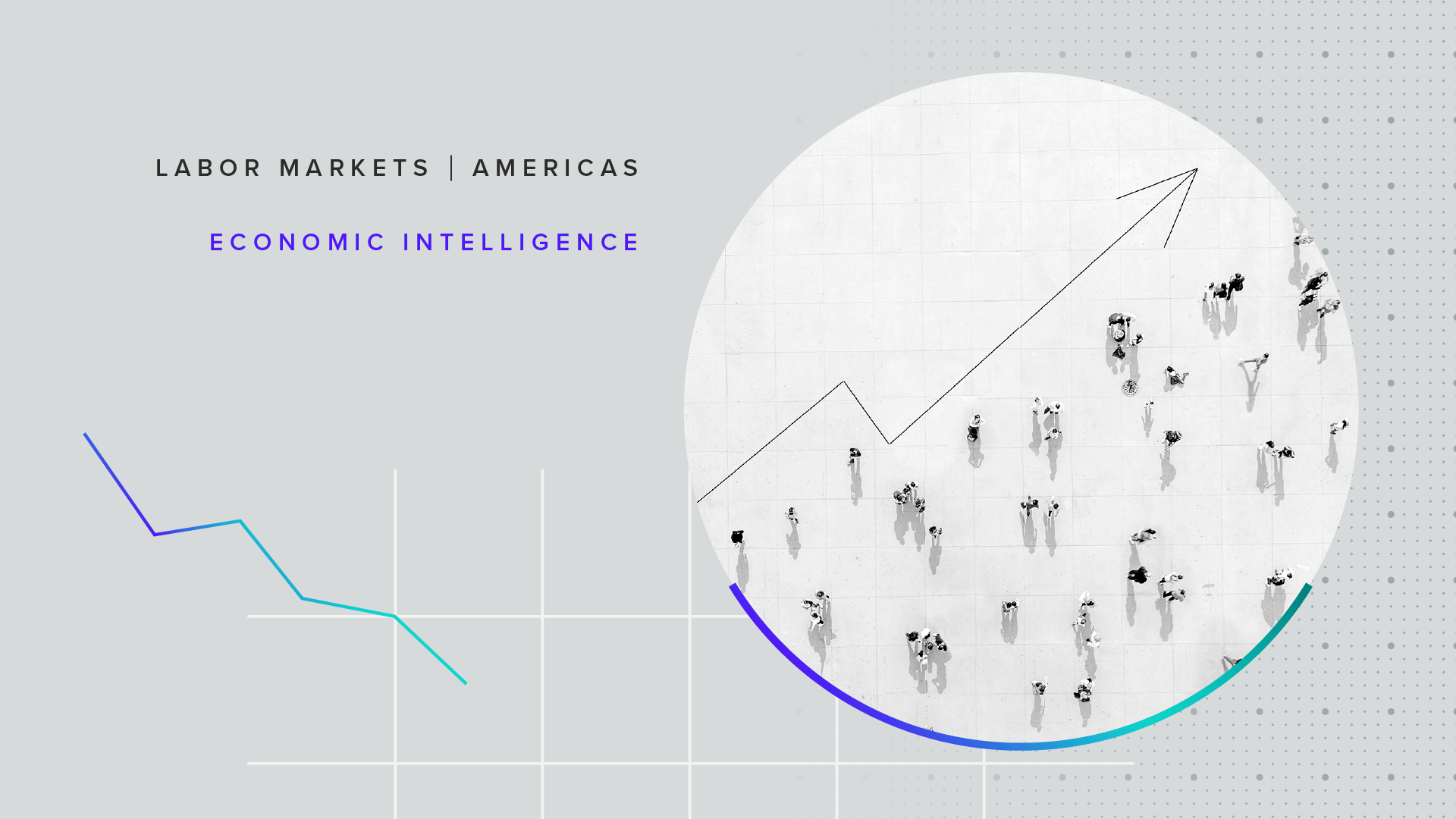Inflation Looks Poised for a Modest Reheating Amid Further Tariff Delays

Key Takeaways
Morning Consult’s price surprise indexes for June suggest inflation was slightly higher than in the previous month, which is in agreement with consensus expectations.
Continued softening in lagged inflation components like housing likely tempered overall cost increases for consumers last month. Still, certain goods and services categories are starting to add upward pressure on top-line inflation.
Ahead of the new August 1 deadline for further tariffs to go into effect, consumers remain on high alert for price increases.
Percolating price pressures begin to reverse inflation progress
Halfway through 2025, the feared inflation surge from tariffs has not materialized, in part because many of the previously announced broad-based tariffs have yet to take effect. At the same time, softer or negative price pressures from components like housing and energy have helped moderate the impact of rising goods prices for items that have already been impacted by trade actions so far. As of last month, the Bureau of Labor Statistics’ annual inflation measure stood at 2.4%, well below where it started the year at 3.0% before the new administration had officially announced any new tariffs.
In June, however, Morning Consult’s data suggests progress is starting to reverse in the Fed’s ongoing quest to return inflation to its 2.0% target. A nowcast model combining a set of Morning Consult’s category-level Price Surprise indexes with historically strong correlations with price growth for their equivalent CPI components predicts top-line inflation ticked up to 2.6% in June. This rate is not particularly scary compared to its trajectory over the past few years. Still, movement in the “wrong” direction is a worrying sign ahead of the additional tariffs set to take effect on August 1.
Consumers are increasingly citing upside surprises on prices for most goods and services
Even as top-line inflation has cooled since the start of the year, consumers in June are reporting more upside surprises on prices across most categories. Price surprise index scores increased for 16 out of 21 categories from January to June. These scores capture the net share of consumers experiencing higher than expected prices for a given good or service, typically stemming from changes in price growth, and they have implications for top-line inflation.
Notably, one of the categories with the biggest increase in price surprise is housing. While the housing market overall has been markedly weak lately, putting downward pressure on prices, factors like high mortgage rates and low supply have done little to increase affordability. High price surprise in conjunction with extremely weak home sales in recent months drives home this message: Consumers remain shocked by the cost of home buying.
Other categories with rising price surprise this year include goods like used cars, alcohol, clothing, home furnishings and electronics. Some of these, like clothing and electronics, rely heavily on imports and have high exposure to tariffs. Education services had the highest increase in price surprise. The softening job market may be encouraging more adults to continue their education to boost future employment prospects, potentially boosting demand and price pressures in this category. Notably, two categories where consumers expected the steepest impact from tariffs–new cars and groceries–have had declines in price surprise since January. This trend may reflect some relief for consumers in the reality of what has transpired from tariffs so far compared to previously held expectations. Grocery prices, for instance, had increased only 0.3% overall from January through May, and new vehicle prices actually decreased 0.3% over that same period.
Consumers remain on high alert for tariff impacts ahead of August 1
Even if the severity of tariff impacts has been milder than many feared, their marginal effects are being closely watched by consumers. The share of adults who report having heard “a lot” or “some” about tariffs was 71% in June, and 76% of adults were at least somewhat concerned about the impact of tariffs on prices for essential products. Even if prices overall for tariff-affected categories have not dramatically increased over the first half of this year, almost all consumers have noted specific product-level increases they attribute to recent trade measures.
Inflation threats keep lurking heading into the second half of the year
As the true extent of tariff policies remains under negotiation, with various countries currently working toward agreements with the Trump Administration to modify the “Liberation Day” measures announced in April, the path of inflation over the second half of 2025 is highly uncertain. Volatility in price levels in recent years has left consumers highly price sensitive, with middle and lower income households particularly willing to employ cost-cutting measures when faced with sticker shock. Reheating inflation, along with the prospect of cooling demand associated with the less robust labor market, could pose a challenge for consumption and top-line economic growth.
Kayla Bruun is the lead economist at decision intelligence company Morning Consult, where she works on descriptive and predictive analysis that leverages Morning Consult’s proprietary high-frequency economic data. Prior to joining Morning Consult, Kayla was a key member of the corporate strategy team at telecommunications company SES, where she produced market intelligence and industry analysis of mobility markets.
Kayla also served as an economist at IHS Markit, where she covered global services industries, provided price forecasts, produced written analyses and served as a subject-matter expert on client-facing consulting projects. Kayla earned a bachelor’s degree in economics from Emory University and an MBA with a certificate in nonmarket strategy from Georgetown University’s McDonough School of Business. For speaking opportunities and booking requests, please email [email protected]

